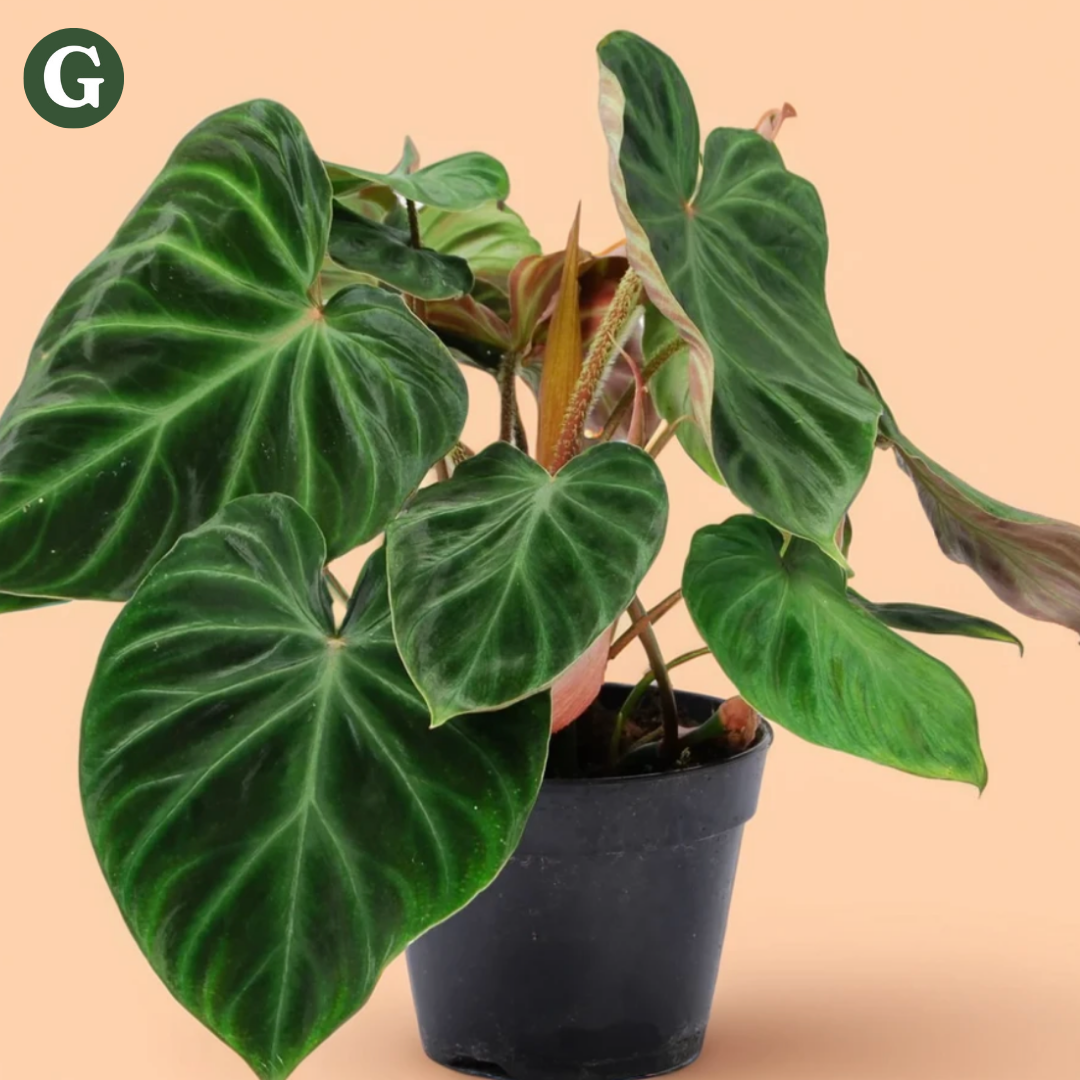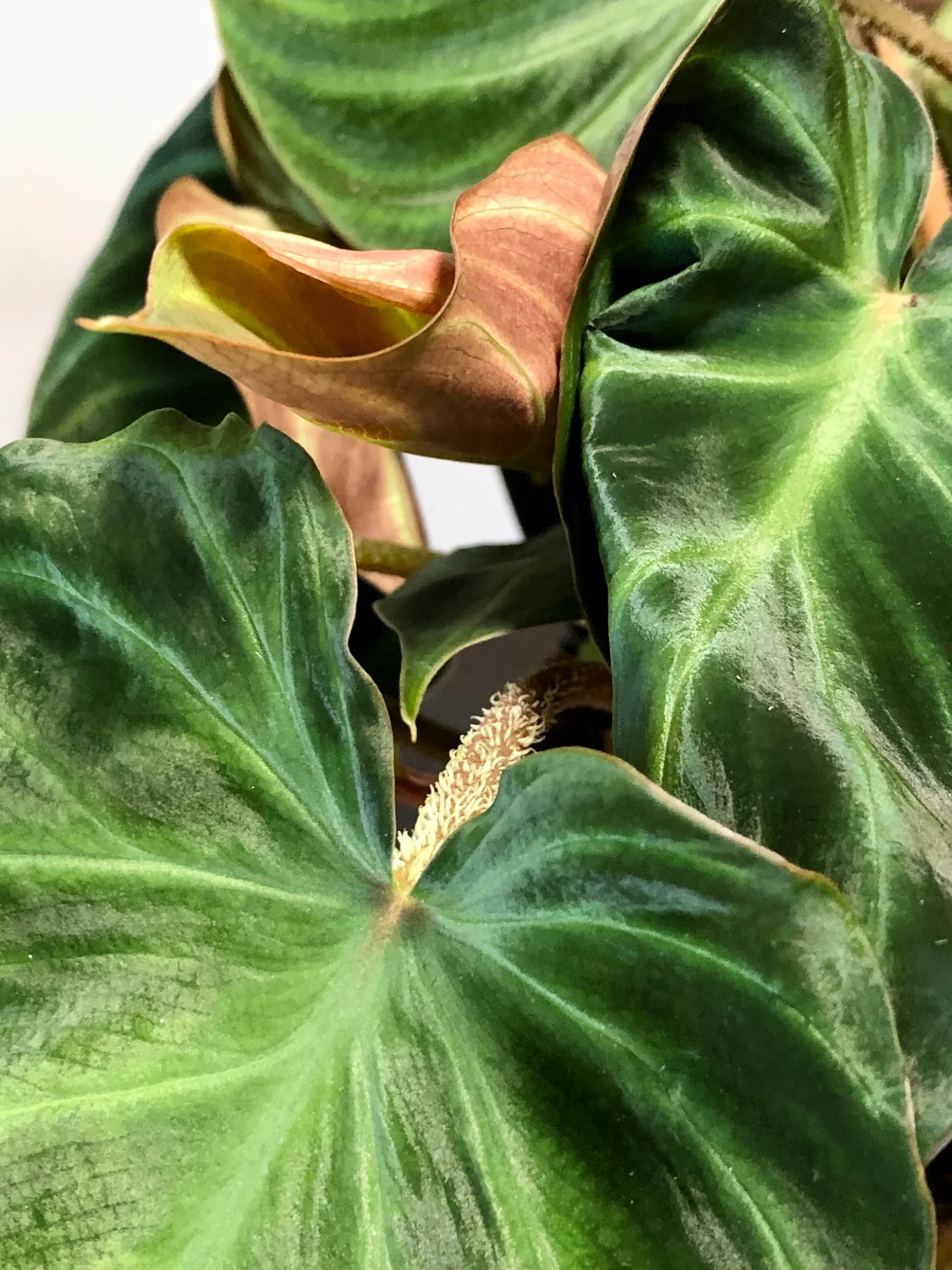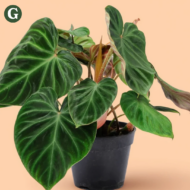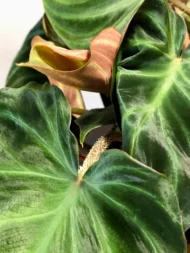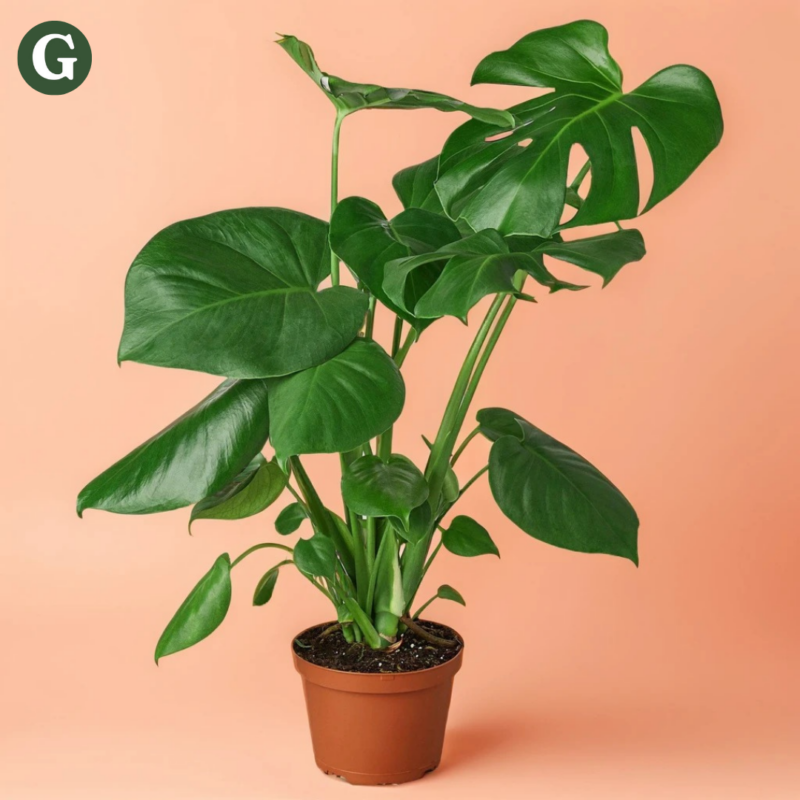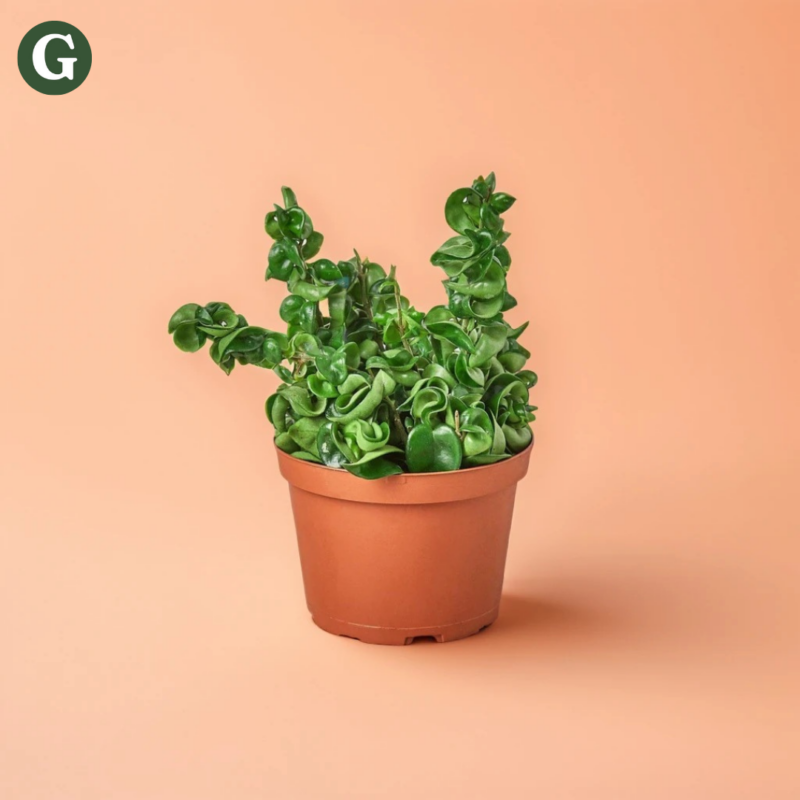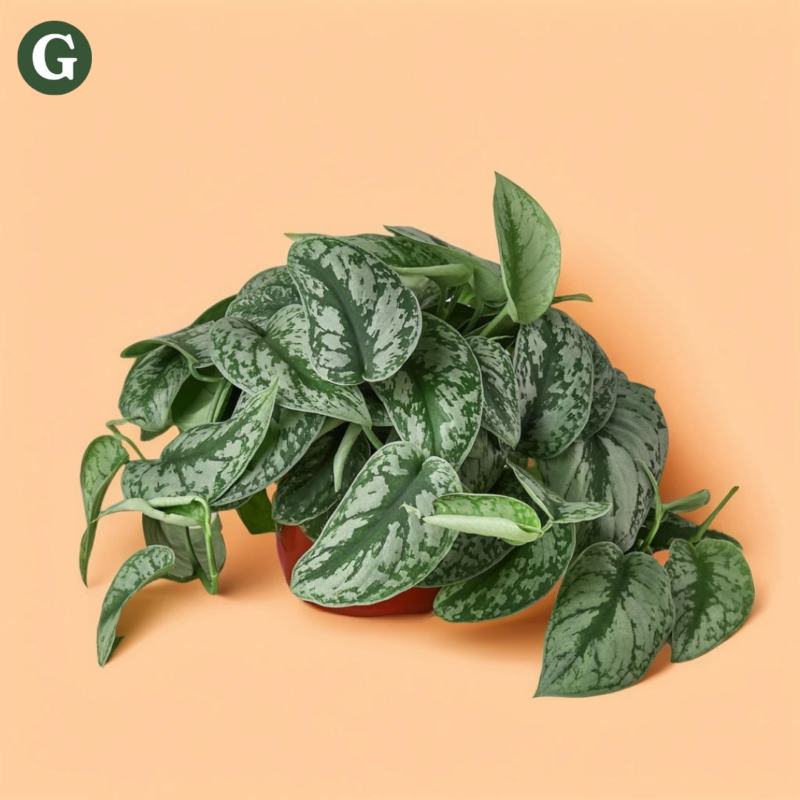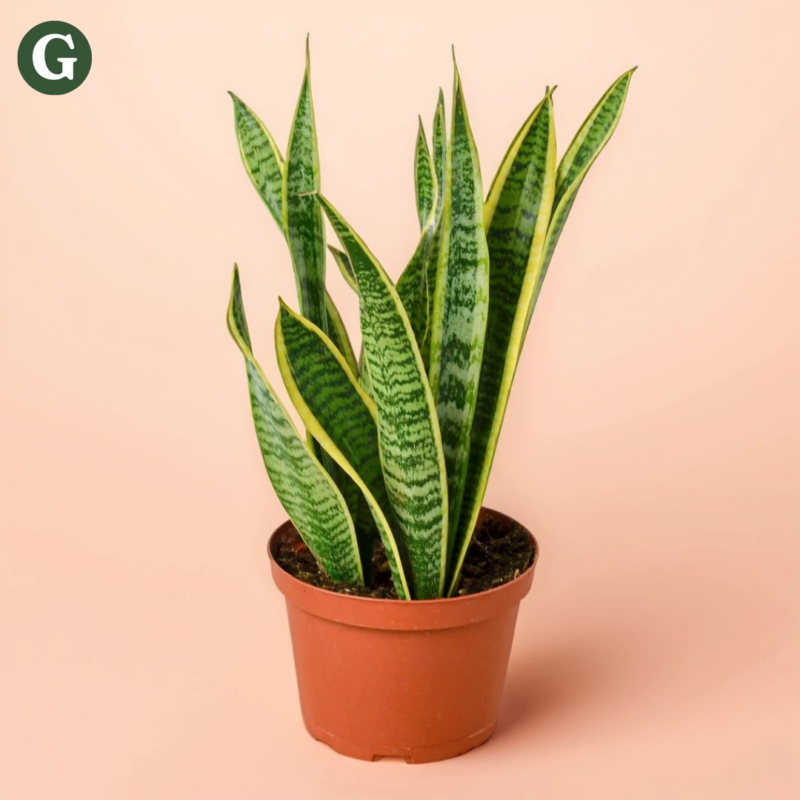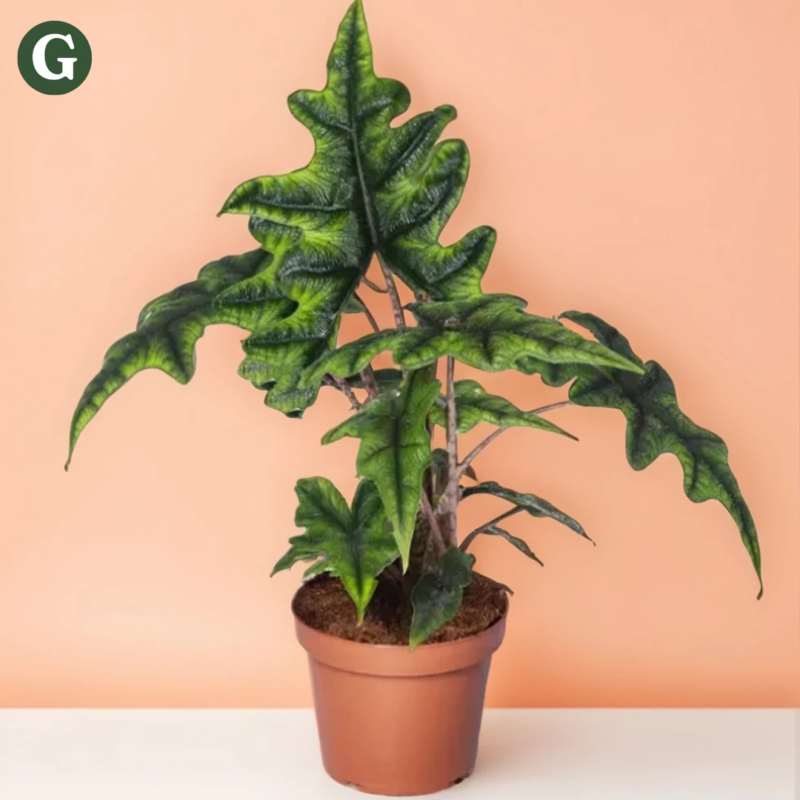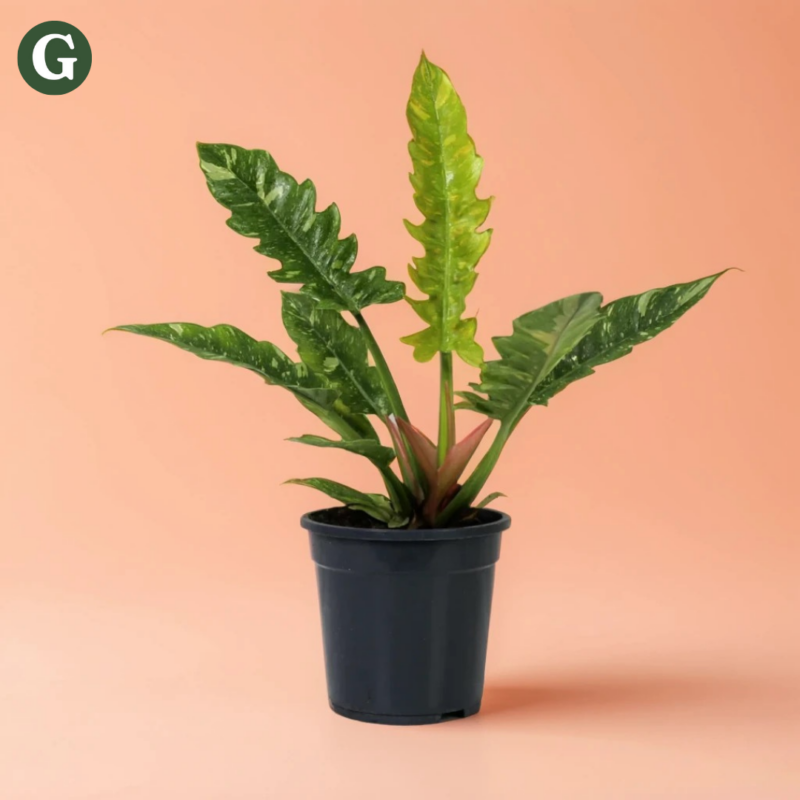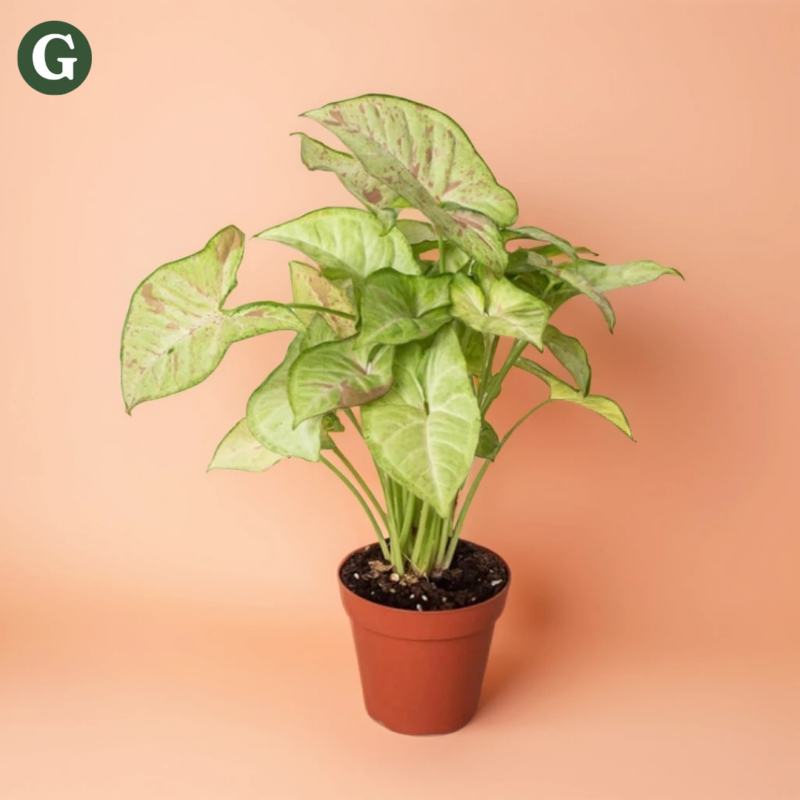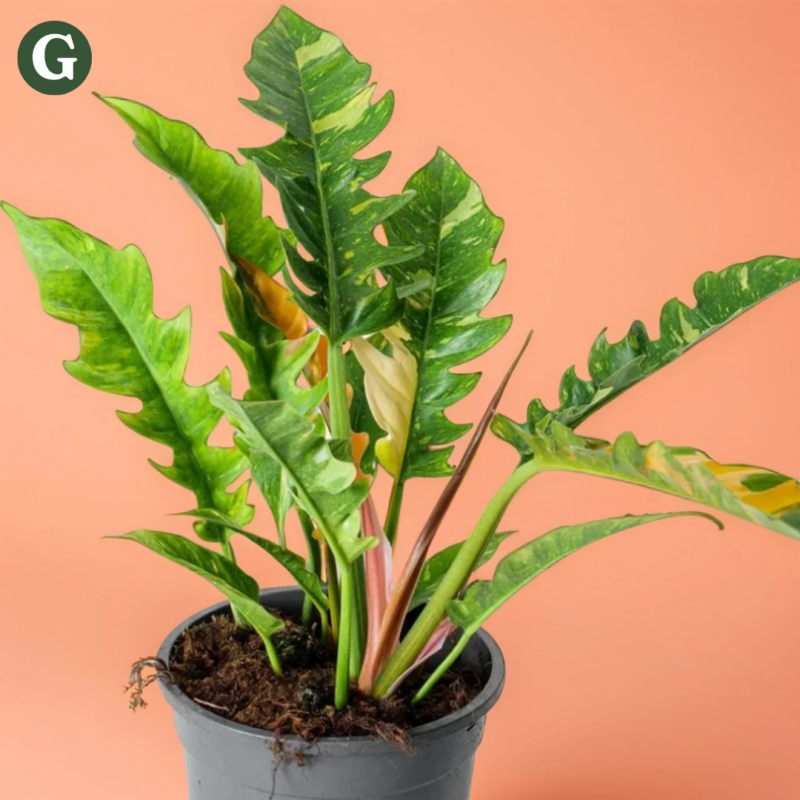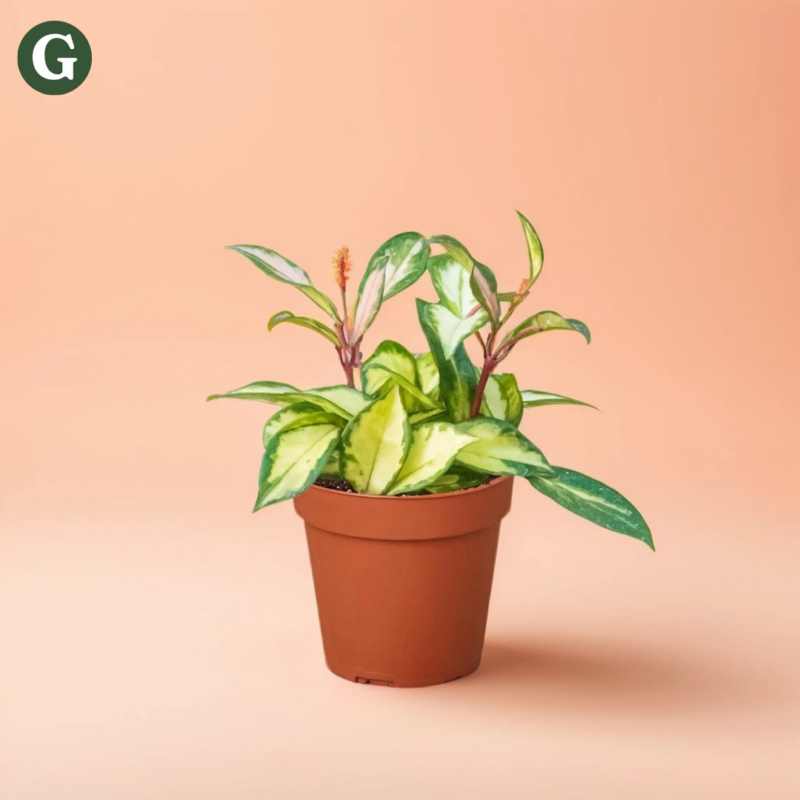Philodendron Verrucosum
Botanical Name: Philodendron verrucosum
Common Name(s): Ecuador Philodendron, Velvet Philodendron
Philodendron verrucosum is a striking and highly sought-after species known for its luxurious, velvety foliage and bold veining. Native to the cloud forests of Central and South America, particularly Ecuador, this climbing Philodendron features heart-shaped leaves with a deep green, velvety texture and vibrant, light green to golden veins that create a stunning contrast. The undersides of the leaves often display a reddish or maroon tint with subtle ribbing, adding to the plant's exotic appearance. One of its unique features is the petiole (leaf stem), which is covered in soft, fuzzy hairs that sets it apart from other Philodendrons.
Philodendron verrucosum thrives in bright, indirect light, replicating the dappled light it receives in its native rainforest habitat. Too much direct sun can scorch its leaves, while low light can lead to slower growth and reduced vibrancy. This plant prefers warm temperatures between 65-80°F (18-27°C) and thrives in high humidity environments. Maintaining at least 60% humidity is recommended; using a humidifier or placing it near other plants can help create a more favorable microclimate.
It does best in a chunky, well-draining soil mix that retains moisture, i.e., a blend of orchid bark, peat, and perlite. Water thoroughly when the top inch of soil feels dry, and ensure proper drainage to prevent root rot. As a climbing plant, verrucosum appreciates support such as a moss pole or trellis to encourage vertical growth and larger leaf development. While it's considered a bit more finicky than some other Philodendrons, with consistent care and the right conditions, it becomes a show-stopping specimen in any indoor collection.
Air Purifying Qualities:
- Toxin Removal: The Philodendron Verrucosum is effective at removing harmful indoor toxins such as formaldehyde and benzene, helping to improve the air quality in your home.
- Oxygen Production: Like many Philodendrons, it absorbs carbon dioxide and releases oxygen, contributing to a fresher indoor atmosphere.
- Humidity Regulation: This plant naturally increases humidity through transpiration, which can help improve comfort in dry indoor environments.
Note: This Philodendron is toxic to pets (cats and dogs) if ingested. Keep it out of reach of curious animals and children to prevent any potential health risks.
Care Insights & Expert Tips
- Fertilize regularly: Feed your plant with a balanced liquid fertilizer diluted to half strength every 4 weeks during the spring and summer season.
- Monitor for pests: Keep an eye out for common houseplant pests like mealybugs and spider mites. Treat infestations promptly with insecticidal soap or neem oil.
- Avoid Cold Drafts: This Philodendron prefers warm, consistent temperature. Avoid sudden reduced temperatures changes.
- Repotting: Repot every 1-2 years or when the plant becomes root-bound. Use a well-draining potting mix, such as peat-based or general houseplant mix, and select a pot that’s just 1-2 inches larger than the current one.
- Simplified Care Routine: This Philodendron is delicate and does not require overly complex care routines. Complications, such as overwatering and too much fertilizer, can affect the plant and stunt its growth.

Visit our plant care library
Find essential tips to keep your plants thriving, vibrant, and healthy.
